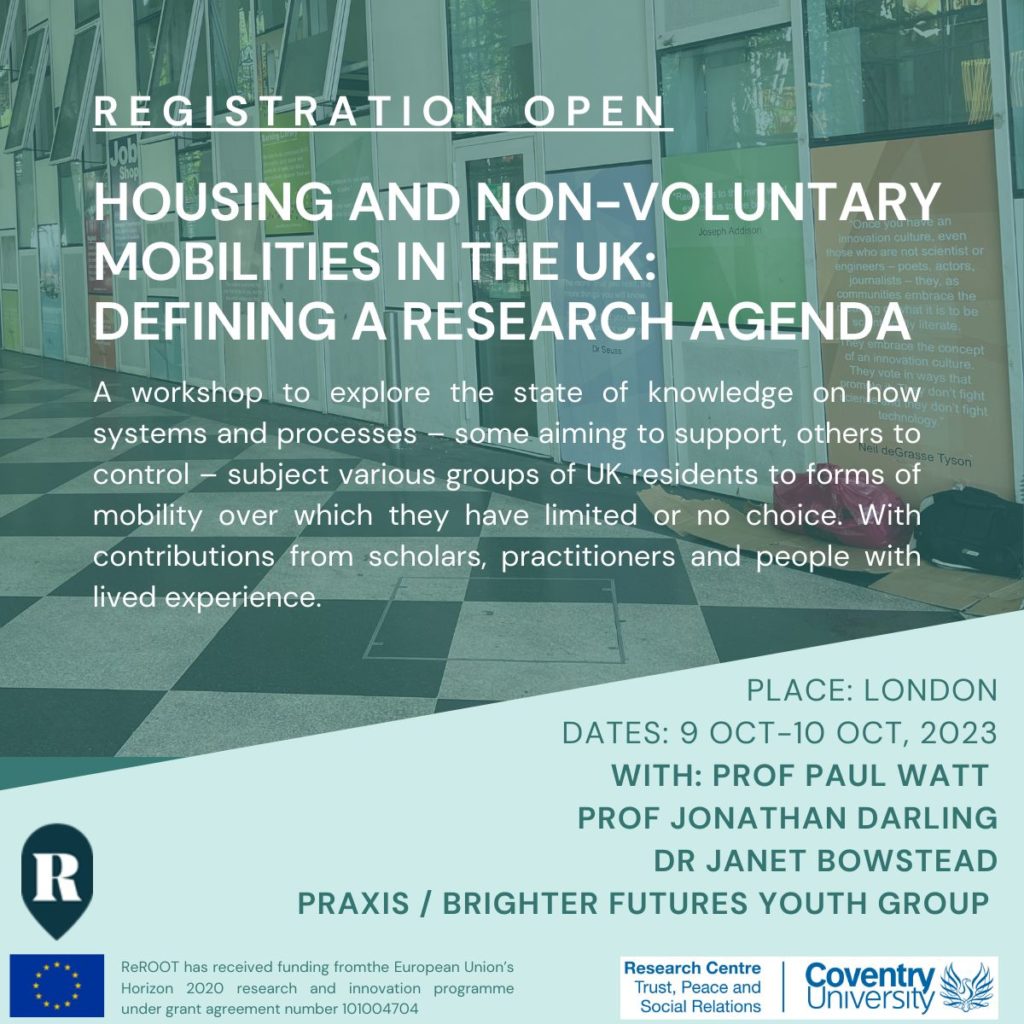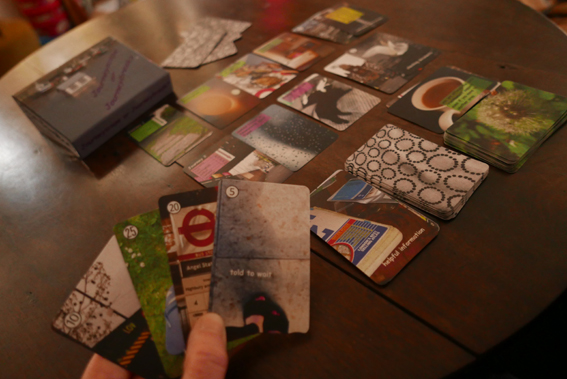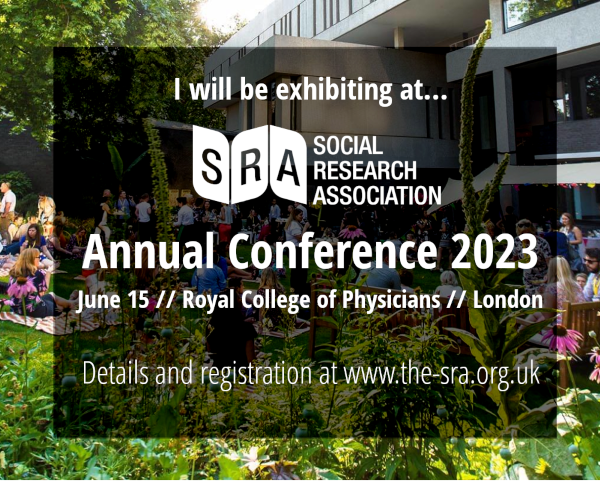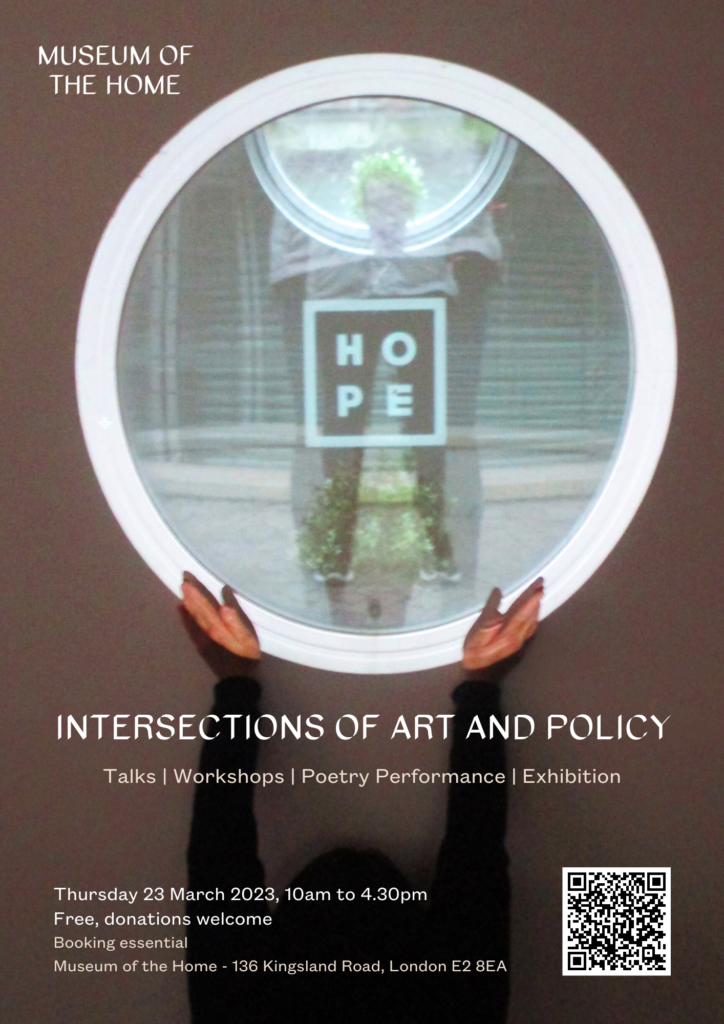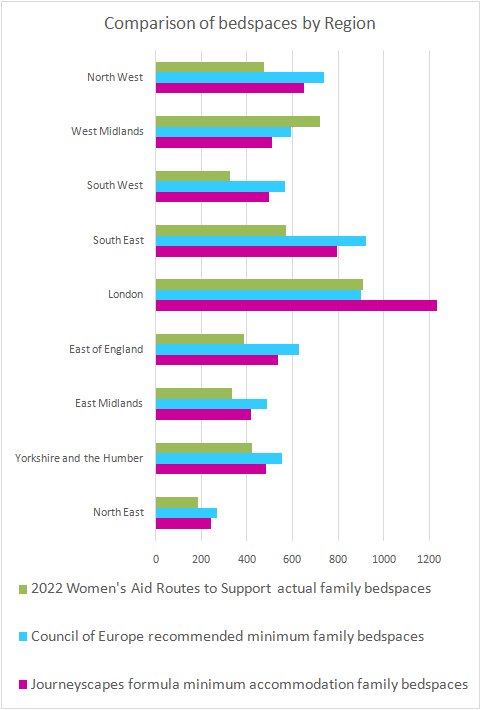Women and children’s journeys to escape domestic violence and abuse can be long, slow and difficult. The Women’s Journeyscapes research provides evidence of the long distances travelled, the multiple stages, and the complexities of time on the move.
It is also an issue of control: women often have very little control over when and where they move and whether they can resettle.
Beyond the force of the abuse from the perpetrator, there is the force of the systems and agencies women and children have to access for help and support; and they can find themselves forced to relocate more often than they need to, and forced to stay put when they need to relocate.
Women and children may access a women’s refuge, and benefit from the specialist and peer support there… but then find that they get stuck in limbo – unable to move on because of the lack of suitable housing and support.
This not only stalls their recovery journey, it means they are taking up a space in a refuge that another family desperately needs.
Women’s Aid’s latest annual audit estimates that more referrals to women’s refuges in England are turned away than those which are able to be accepted; with 11,305 women[1] supported in a refuge and 17,028 referrals declined in 2023-24.
And this is in a context where Women’s Aid records that actual refuge spaces have increased (from 3,935 in 2019-20 to 4,551 in 2023-24). However, they note that the vacancies recorded on the Routes to Support system have decreased in the same period: from 10,340[2] to 7,550)…
So, what’s going on?
A significant factor is women and children staying longer in refuges…. Not just because they need to, but because of a lack of options to leave: being stuck in limbo.
The Women’s Journeyscapes research used administrative data from 2003-2011 to devise a formula for the types and capacity of domestic abuse services needed, and found a mean length of stay in accommodation services of 3.4 months. This would mean that one refuge room/flat could accommodate over 3.2 families per year. Stays were longer in London – nearly 6 months – so that only 2 families a year could be supported in a London refuge space. However, the latest figures from Women’s Aid show how much worse the situation has become, with the mean length of stay approaching 5 months – and individual women may stay much longer. Longer stays reduce the capacity of the refuges around the country – down to below 2.5 families per refuge space per year.
No wonder the vacancies available are going down – cutting off an option for escape and support to thousands of women and children trying to leave domestic violence each year.
More refuge spaces – providing specialist and peer support for women and children – are desperately needed; as well as a whole infrastructure of other kinds of support. But we also need timely housing options for moving on from women’s refuges, so that women and children can resettle and rebuild their lives after abuse.
[1] Women’s Aid 2025, Table. C10. Page 75
[2] Women’s Aid 2025, Table. C6. Page 74
Women’s Aid. (2025) The Annual Audit 2025, Bristol: Women’s Aid. https://www.womensaid.org.uk/annual-audit-2025/

